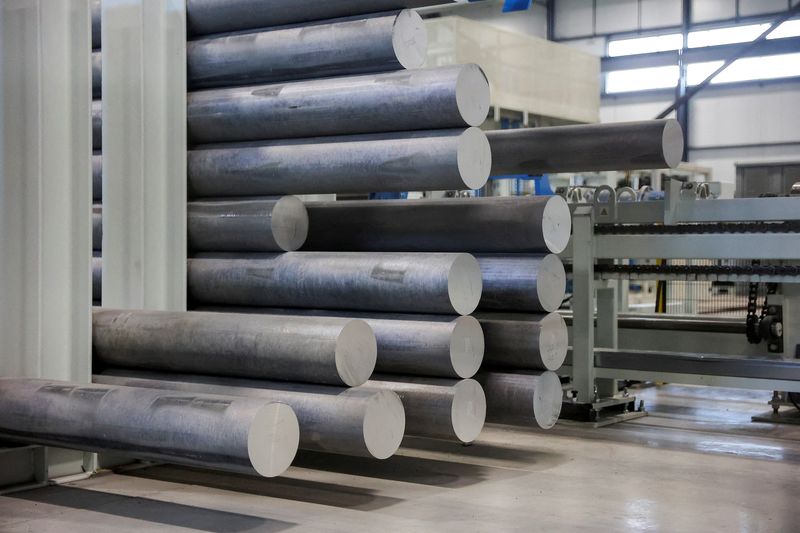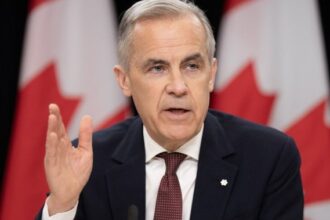The specter of American aluminum tariffs has once again cast a shadow over Canadian industry, prompting swift action from Ottawa as officials contemplate financial support packages that could shore up domestic producers caught in the crossfire of trade tensions.
Finance Minister Chrystia Freeland has signaled that Canada stands ready to launch countermeasures if President Biden’s administration follows through on campaign promises to impose fresh tariffs on Canadian aluminum. “We are prepared to respond dollar-for-dollar,” Freeland asserted during recent parliamentary discussions, highlighting the government’s determination to protect a sector that employs thousands of Canadians and contributes billions to the national economy.
The potential financial backing represents more than mere posturing in a trade dispute. Industry insiders reveal that Ottawa’s support could take multiple forms, from direct subsidies to tax incentives designed to maintain competitive operations in Quebec and British Columbia, where most Canadian aluminum production is concentrated.
“This isn’t just about retaliation—it’s about preserving an industry that’s essential to North American supply chains,” explained Richard Tremblay, operations director at a major Quebec smelter. “Canadian aluminum is among the cleanest in the world, produced with hydroelectric power that gives us a carbon footprint roughly one-quarter that of Chinese competitors.”
The economic stakes are significant. Canada’s aluminum sector generates approximately $12 billion annually while supporting over 10,000 direct jobs. The industry has already weathered previous rounds of tariffs under the Trump administration, which imposed 10% duties in 2018 before removing them after intense negotiations.
Trade experts suggest that Ottawa’s strategy reflects lessons learned from previous trade disputes. “The government is taking a dual approach—preparing retaliatory measures while simultaneously creating support mechanisms that could insulate producers from market disruptions,” noted Dr. Elena Martínez, international trade specialist at the University of Toronto.
For communities like Kitimat in British Columbia and Saguenay in Quebec, the government’s stance offers reassurance. Local economies in these regions depend heavily on aluminum production, with each smelter job supporting an estimated three additional positions in related services and supply chains.
World market dynamics further complicate the situation. Global aluminum prices have fluctuated significantly in recent months, influenced by Chinese production levels, energy costs, and uncertain demand forecasts. Industry analysts suggest that tariffs could disrupt integrated North American supply chains at a time when both countries are attempting to strengthen domestic manufacturing.
“The irony is that punitive measures against Canadian aluminum could ultimately hurt American manufacturers who rely on these inputs,” explained Carlos Rodriguez, chief economist at North American Metals Association. “Over 160,000 U.S. jobs depend on access to affordable aluminum, many in politically sensitive states like Michigan and Ohio.”
As Canadian political leaders from all parties rally around the aluminum sector, the dispute highlights broader questions about the future of North American economic integration. The episode comes despite the USMCA trade agreement that was meant to provide stability for cross-border commerce.
Meanwhile, consumers on both sides of the border may ultimately bear the costs of any trade dispute. Studies from previous tariff implementations suggest that such measures typically result in price increases for everyday products from beverage cans to automotive components and building materials.
As Ottawa prepares its response strategy, the question remains: can North America’s integrated economies continue to function effectively while individual sectors become battlegrounds for domestic political considerations? The answer may determine not just the future of aluminum production, but the broader trajectory of Canada-U.S. economic relations.
























